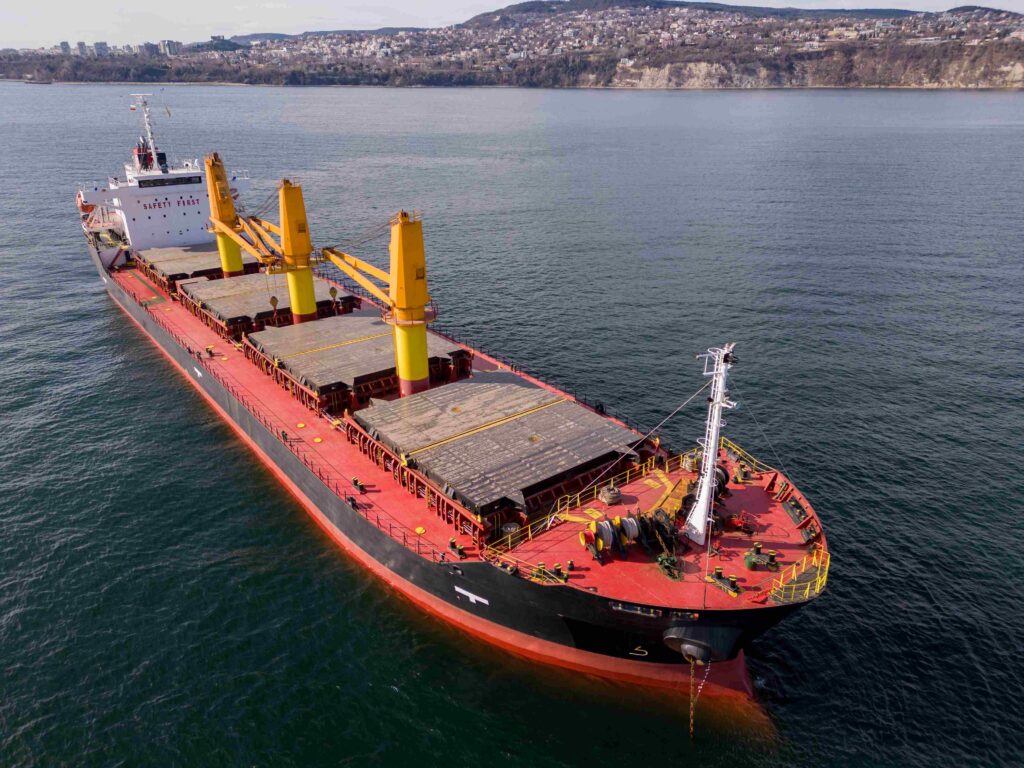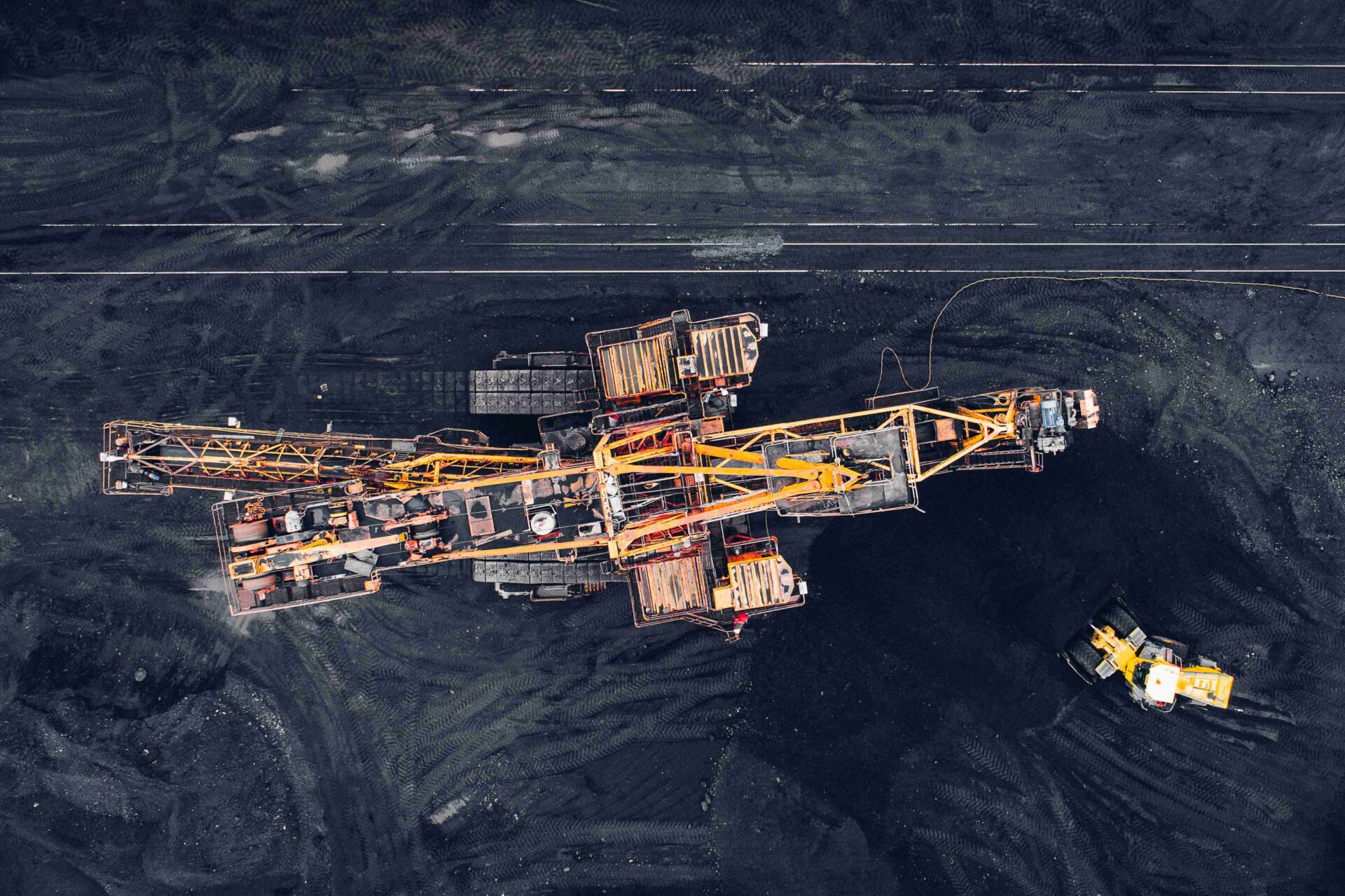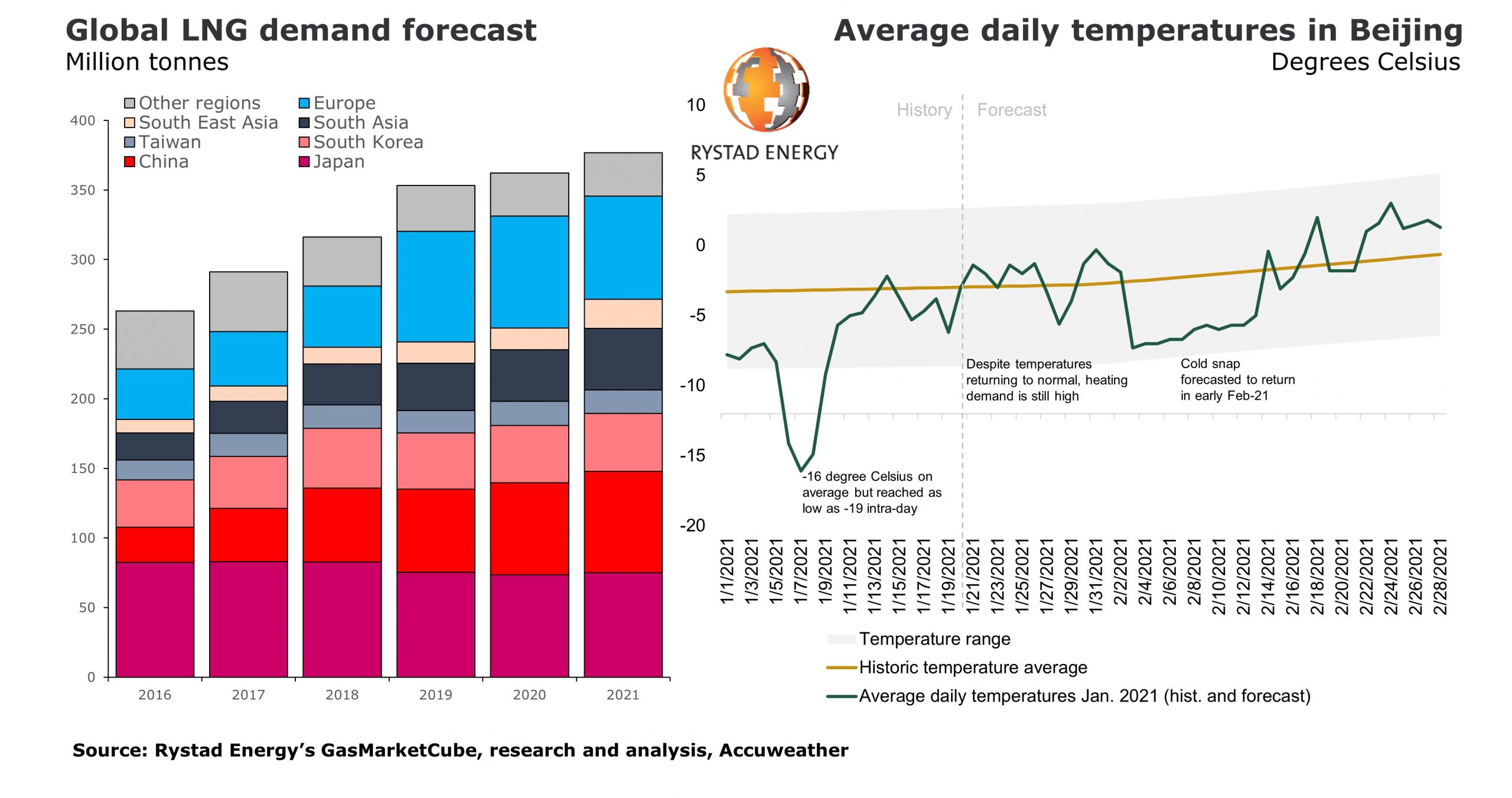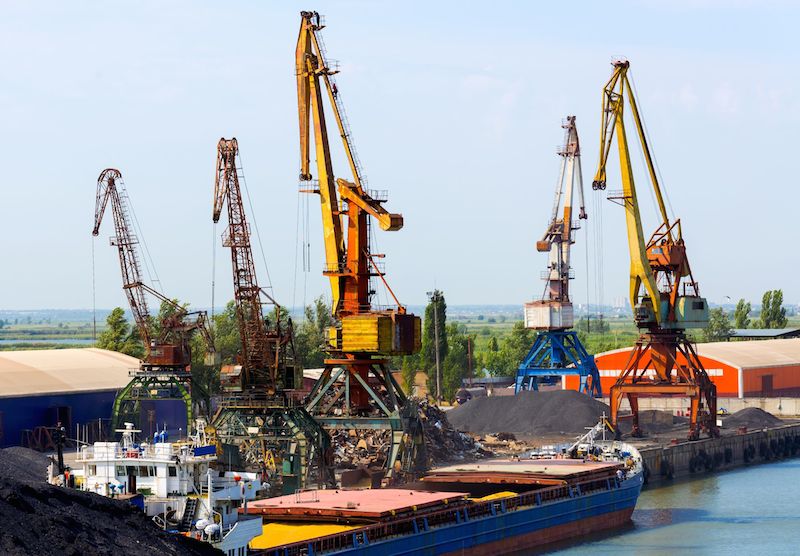

Over the past week, European thermal coal indices dropped to a five-month low (slightly below 102 USD/t), moving in the range of 102-104 USD/t, given the lack of support from fundamental factors. There was no demand for August supplies.
The bid-ask spread for September shipments widened to 100-109 USD/t.
Hurricane Beryl had no impact on LNG supplies from the US, causing gas prices in Europe to tumble to their lowest level in the last two months. Gas quotations at TTF hub slipped to 349 USD/1,000 m3 (-21 USD/1,000 m3 w-o-w).
South African High-CV 6,000 is holding above 105 USD/t. The monsoon season in India continues to restrain consumer activity for South African material. Market participants expect demand to improve in late July/early August, after the Indian government presents its budget for 2024-2025 on July 23 and end-users return to the market to replenish stocks.
Coal stocks at the Richards Bay Coal Terminal (RBCT) rose to a more comfortable level in anticipation of rail maintenance, which will run from July 23 to August 01. Current inventories are at 3.2 mio t (+0.7 mio t w-o-w).
In China, spot prices for 5,500 NAR coal at the port of Qinhuangdao gained 1 USD/t to 120 USD/t, confirming a moderate strengthening of thermal coal prices on the domestic market. Quotes are supported by the expected increase in coal consumption after the completion of the rainy season in most eastern and central regions. The Meteorological Bureau is predicting a heat wave of up to 40˚C, potentially boosting demand for cooling as well as reducing coal inventories at power plants.
Furthermore, a slowdown in coal production is expected ahead of the Chinese Communist Party’s meeting on July 15-18. The CCP plenum may give an additional momentum to the economy as the government earlier had announced that comprehensive reforms would be sounded out at the meeting to set long-term guidelines.
However, some market participants remain negative, referring to significant coal stocks along the entire supply chain (at coal mines, ports and TPPs), as well as low activity on the seaborne market.
Inventories at the 6 largest coastal thermal power plants totaled 14.95 mio t (-0.3 mio t w-o-w). Stocks at the 9 largest ports stood at 27.4 mio t (+0.7 mio t w-o-w).
Indonesian 5,900 GAR moved down to 91.5 USD/t (-0.8 USD/t w-o-w), while 4,200 GAR fell 1 USD/t to 52 USD/t as the demand for Indonesian material from both China and India stays limited. Current inventory levels enable Chinese traders to pursue a selective approach to tenders. A similar situation is observed with Indian counterparties amid stable growth of coal production in the country.
Australian High-CV 6,000 ranged between 133-134 USD/t. The price growth is still hampered by weak demand from Asian countries, relatively low LNG prices and sufficient coal supply.
Australian HCC metallurgical coal quotations adjusted below 255 USD/t. The rush on the premium metallurgical coal market caused by the shutdown of Anglo American’s Grosvenor mine has faded. The demand for spot tonnages from Indian and Indonesian buyers remains muted, while vessels with July-August delivery from traders and Australian producers are available in sufficient volumes.
Most steel mills in India and Southeast Asia are adequately stocked. According to market participants, quotes will depend on demand in India after the monsoon season. Coking coal stocks in India’s seaports have been growing for the fourth week in a row and reached 5.4 mio t. The demand from Chinese consumers remains soft on the back of availability of US and Canadian coal.
Limited supply of Australian and Russian material keeps supporting PCI coal prices at 200 USD/t.
Source: CCA Analytics













